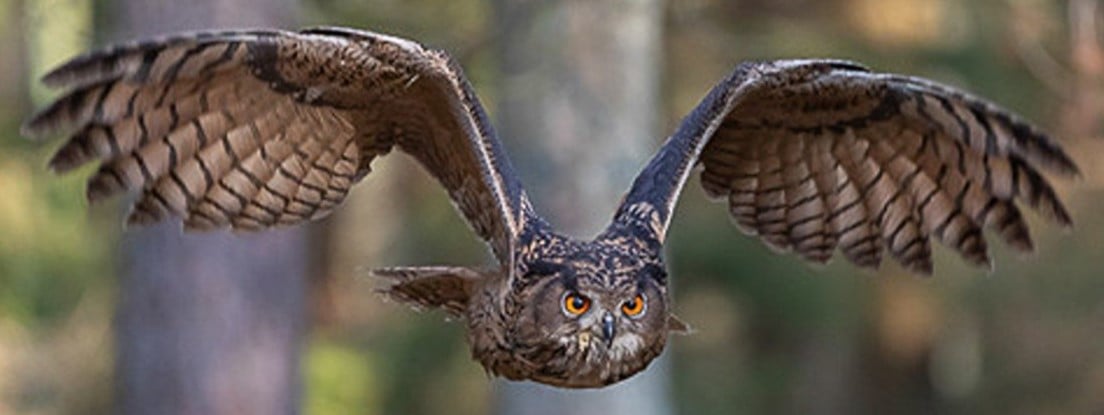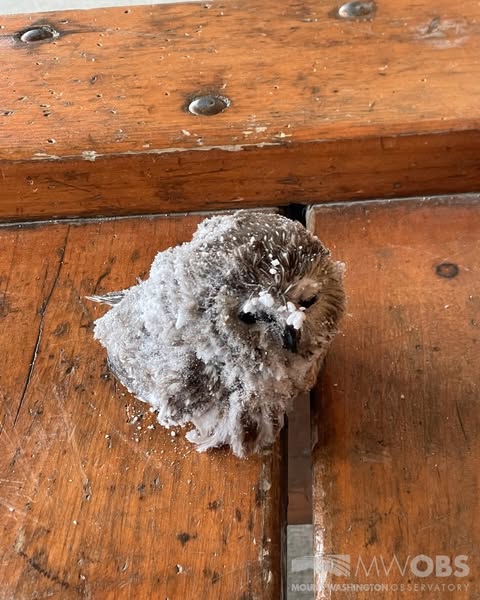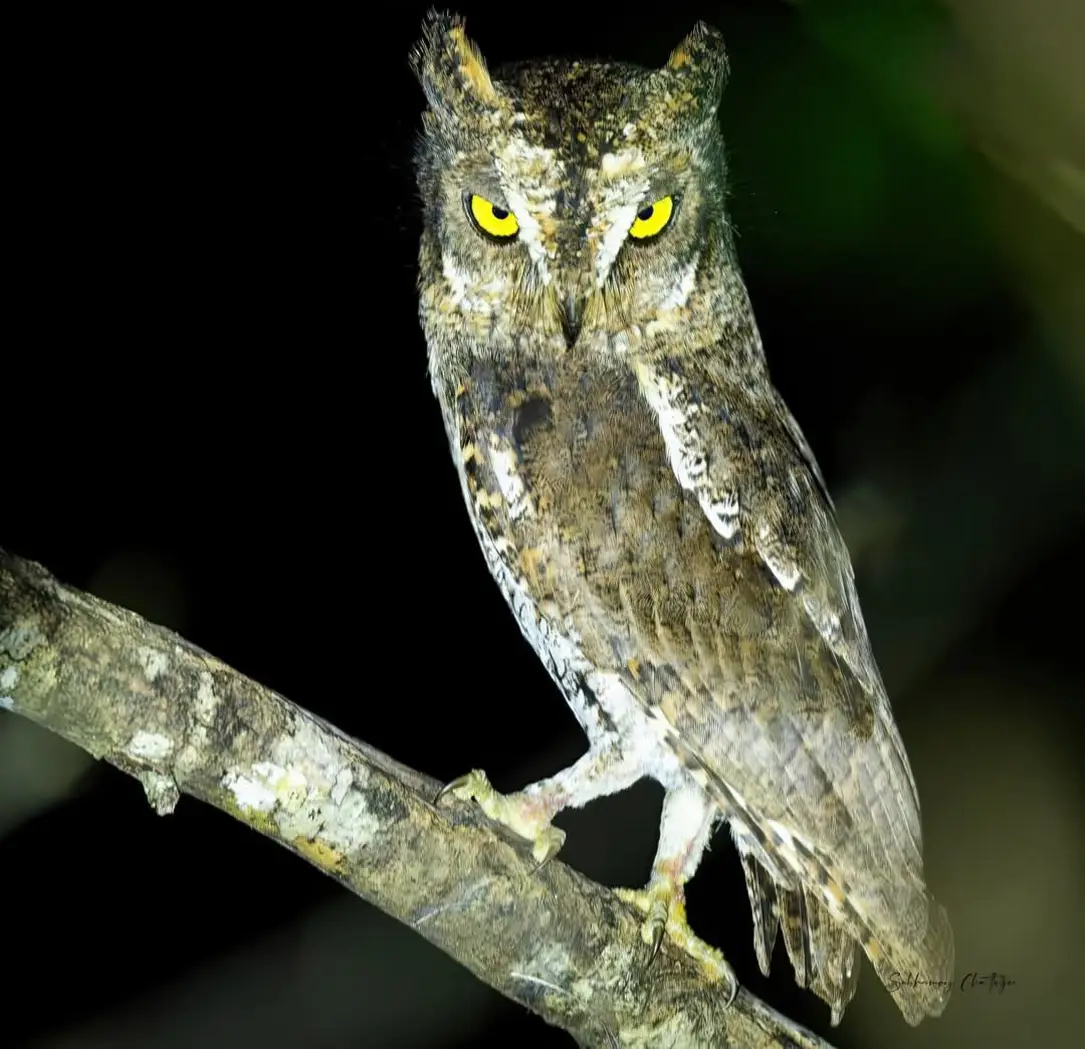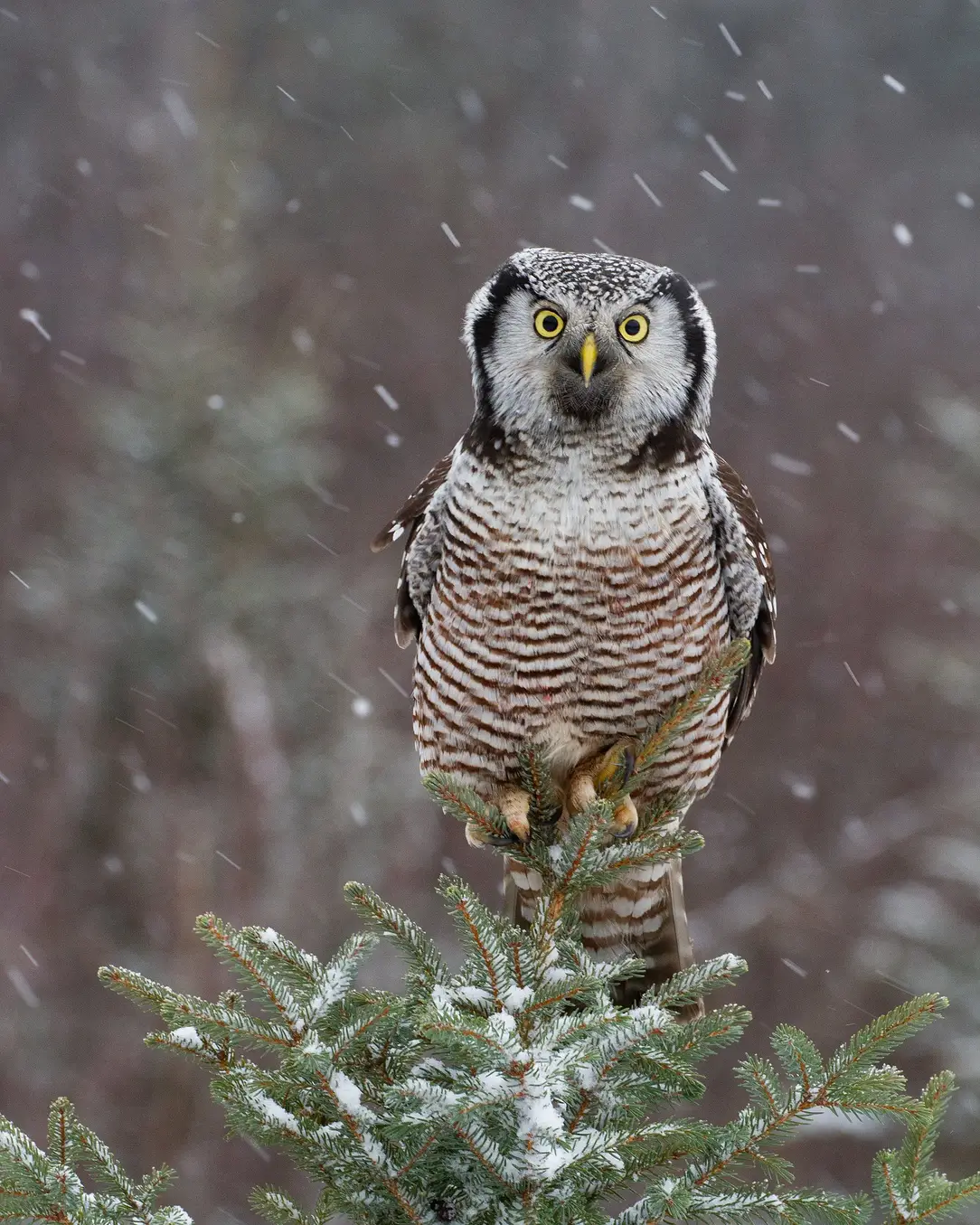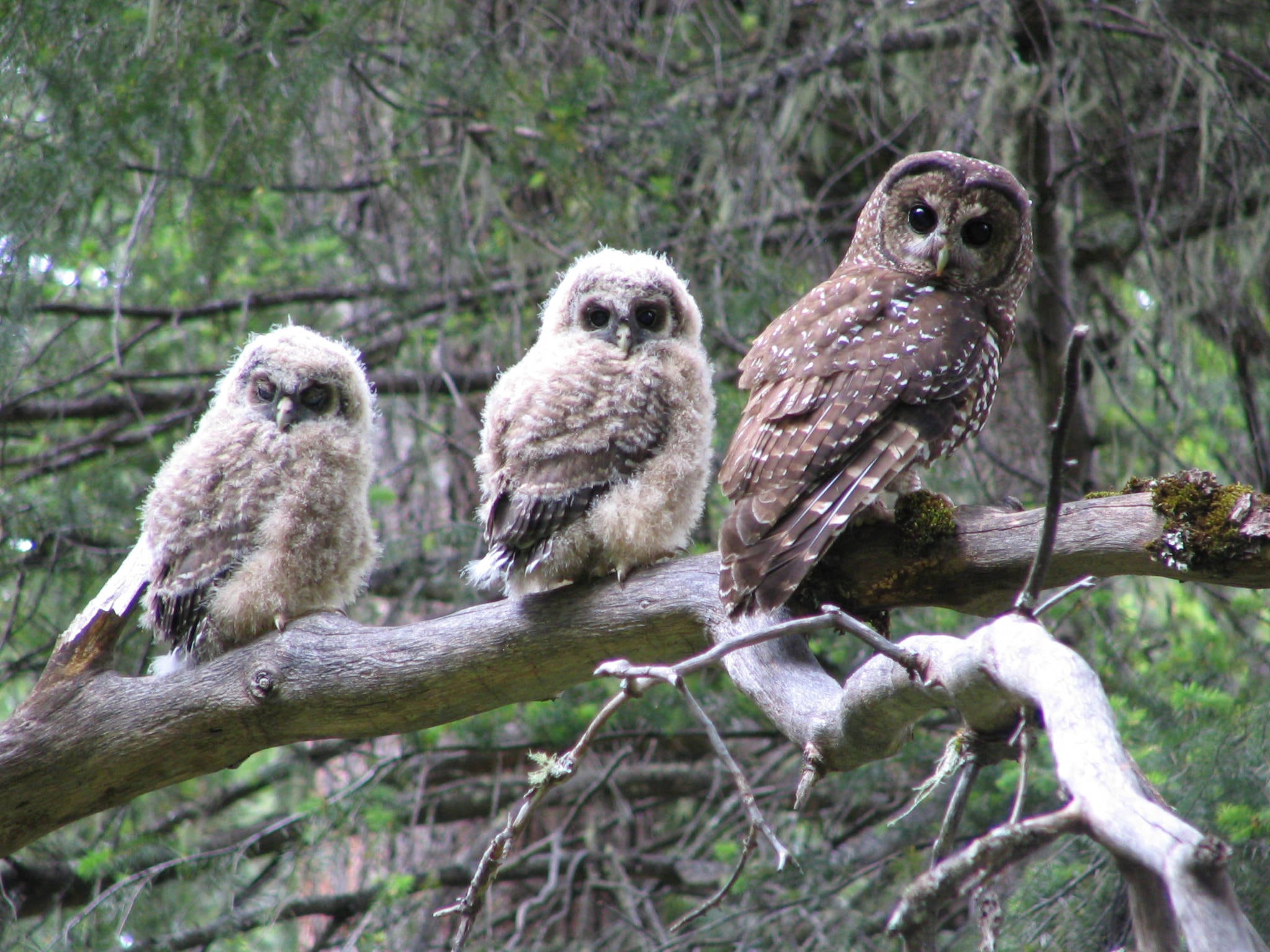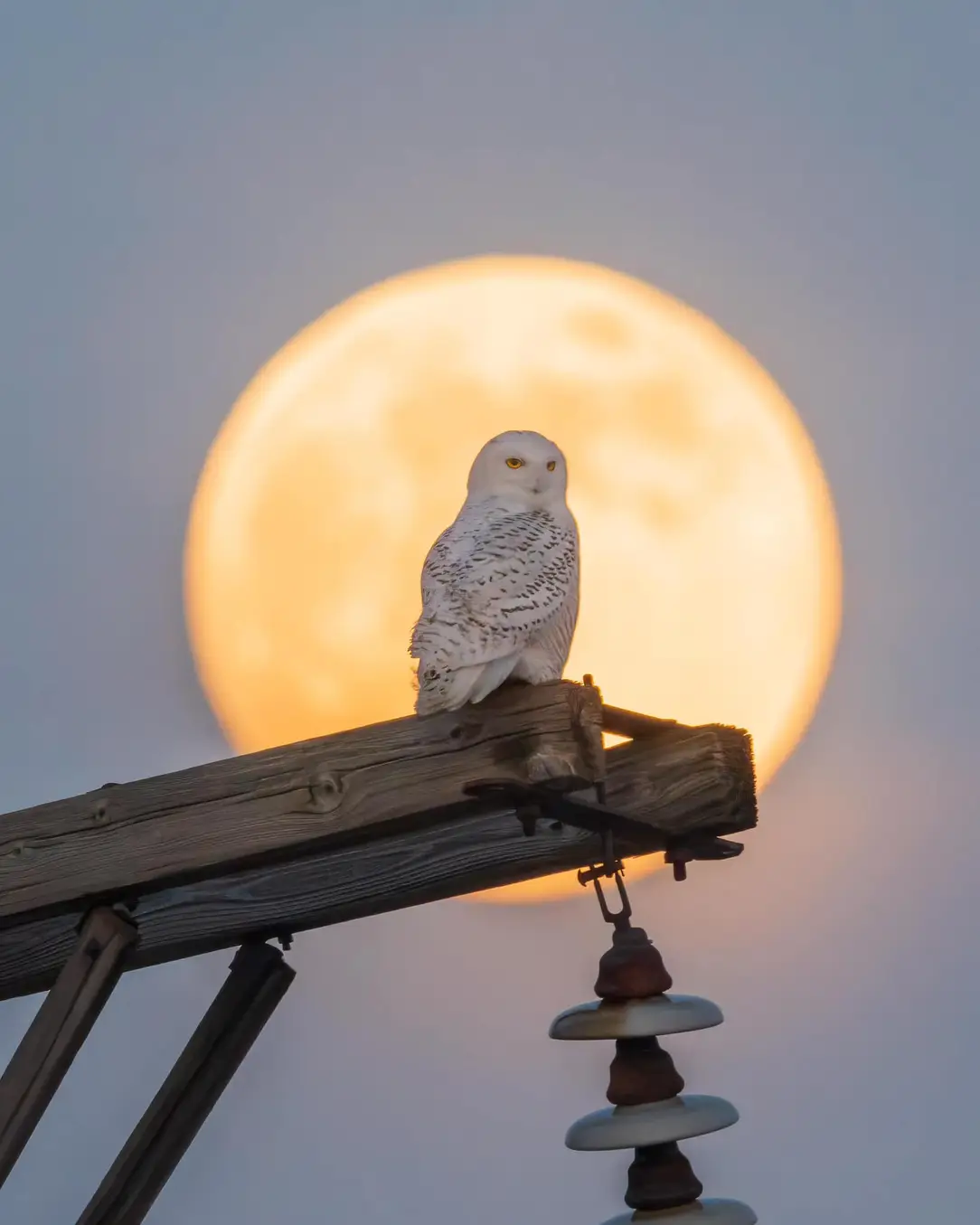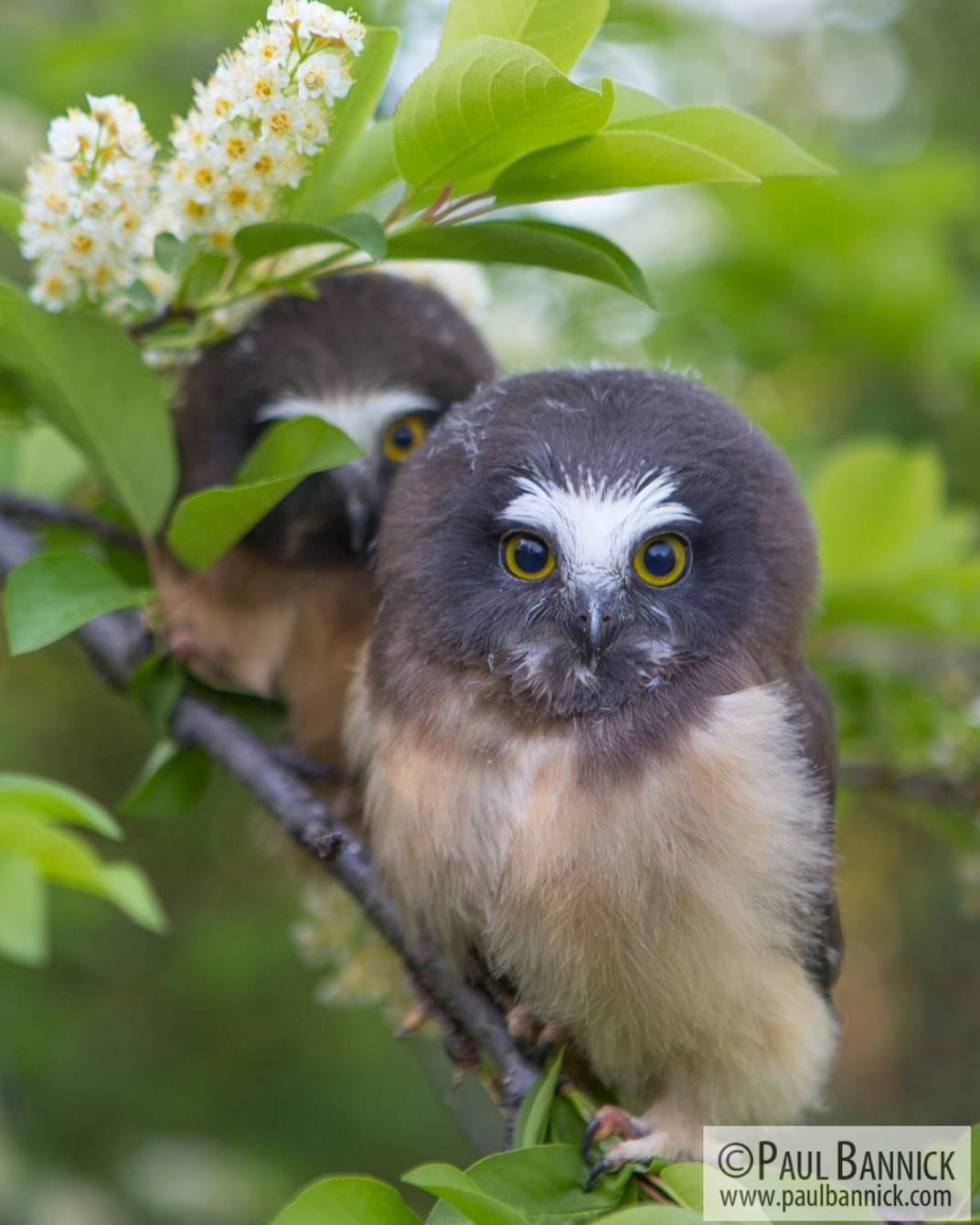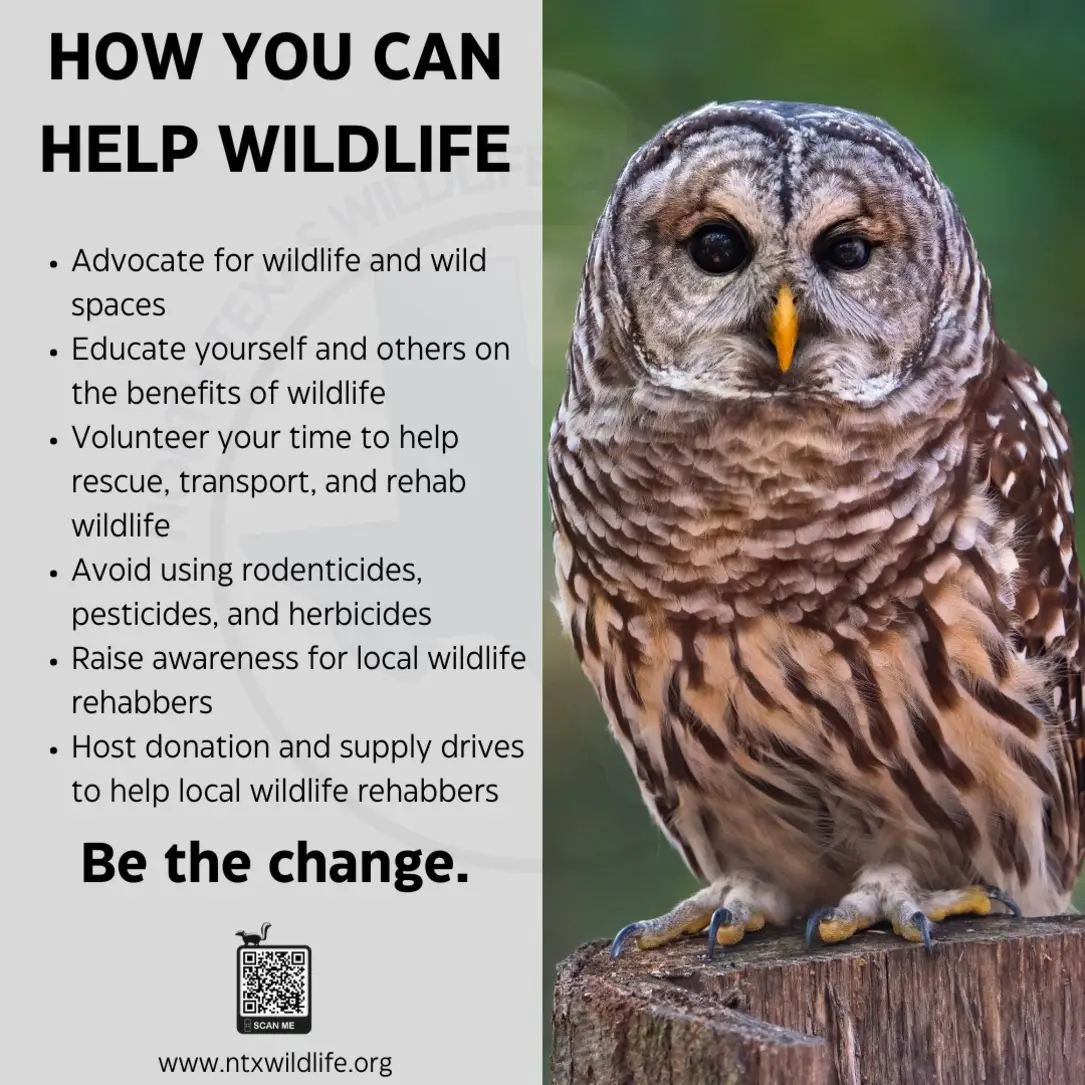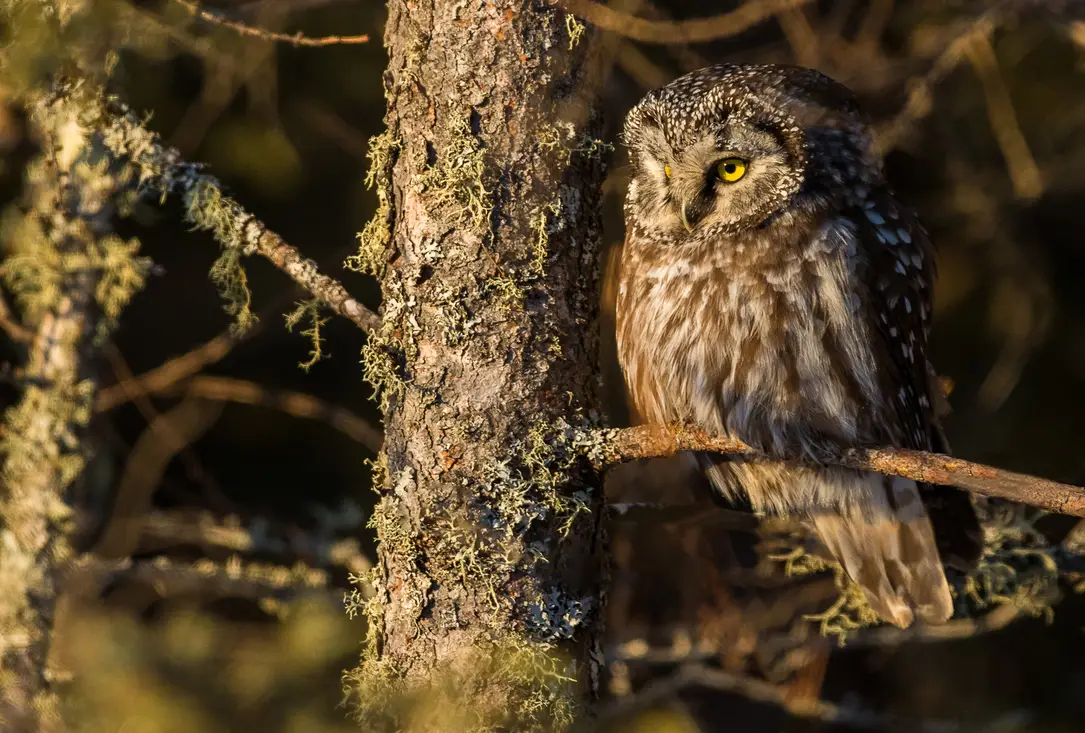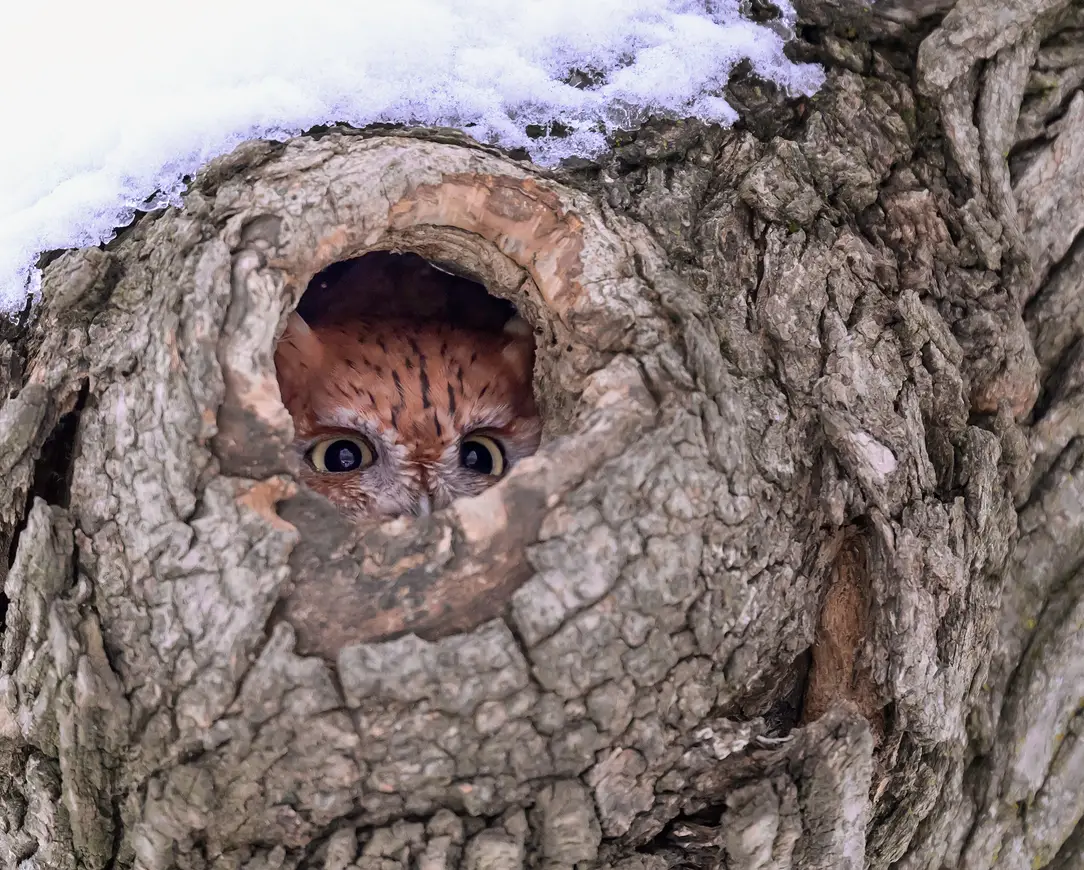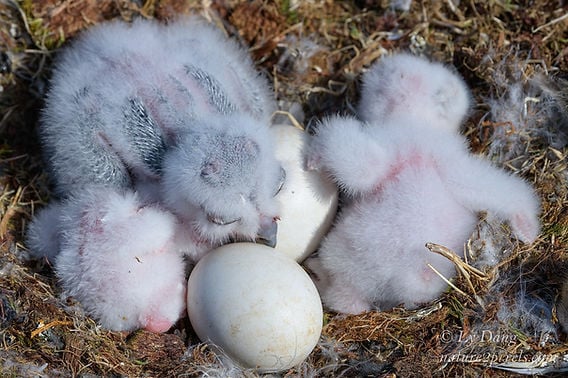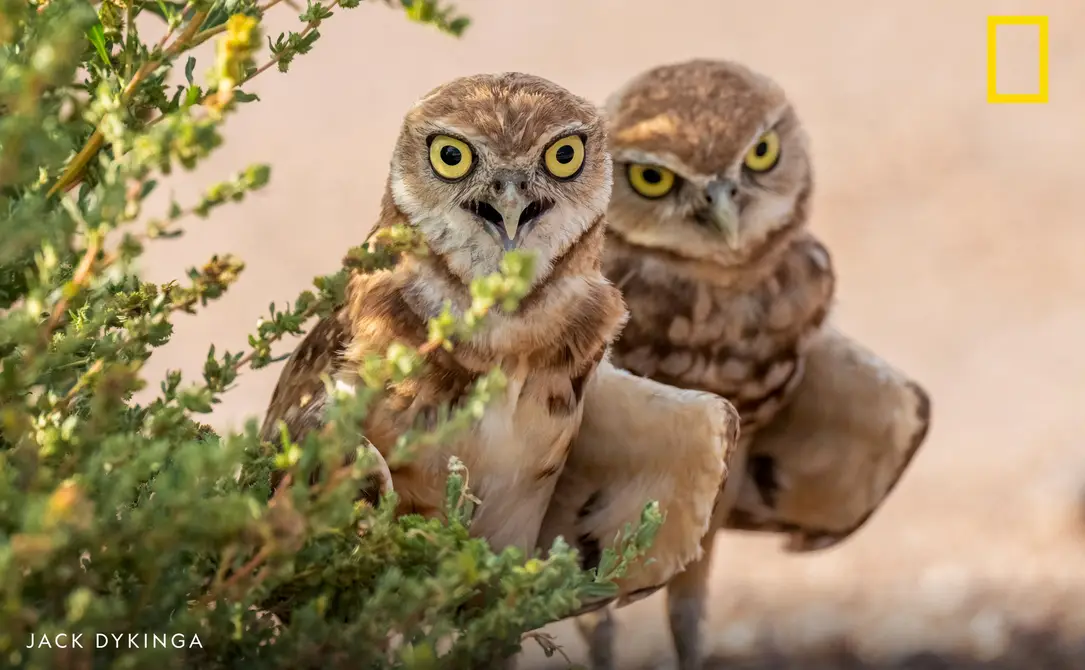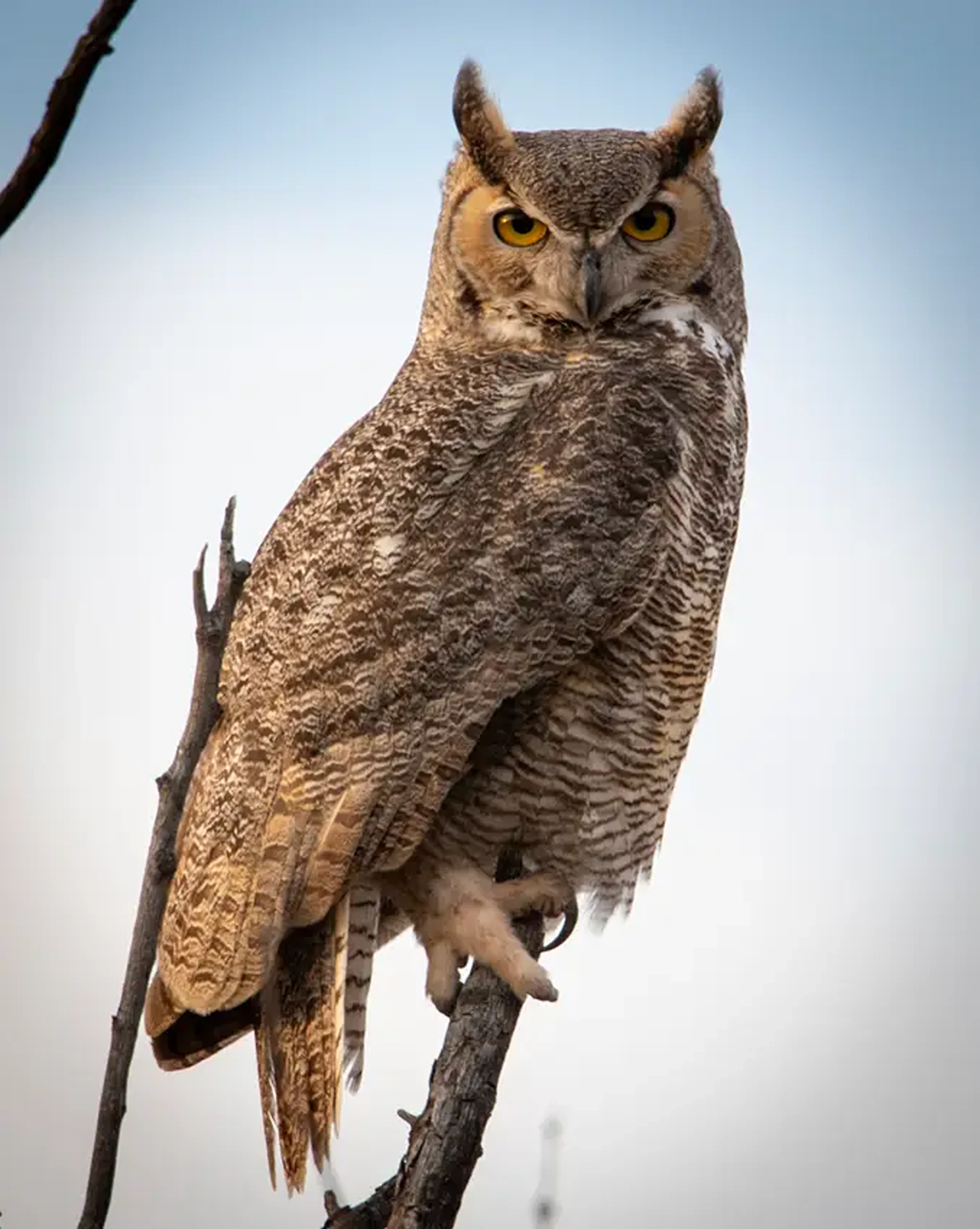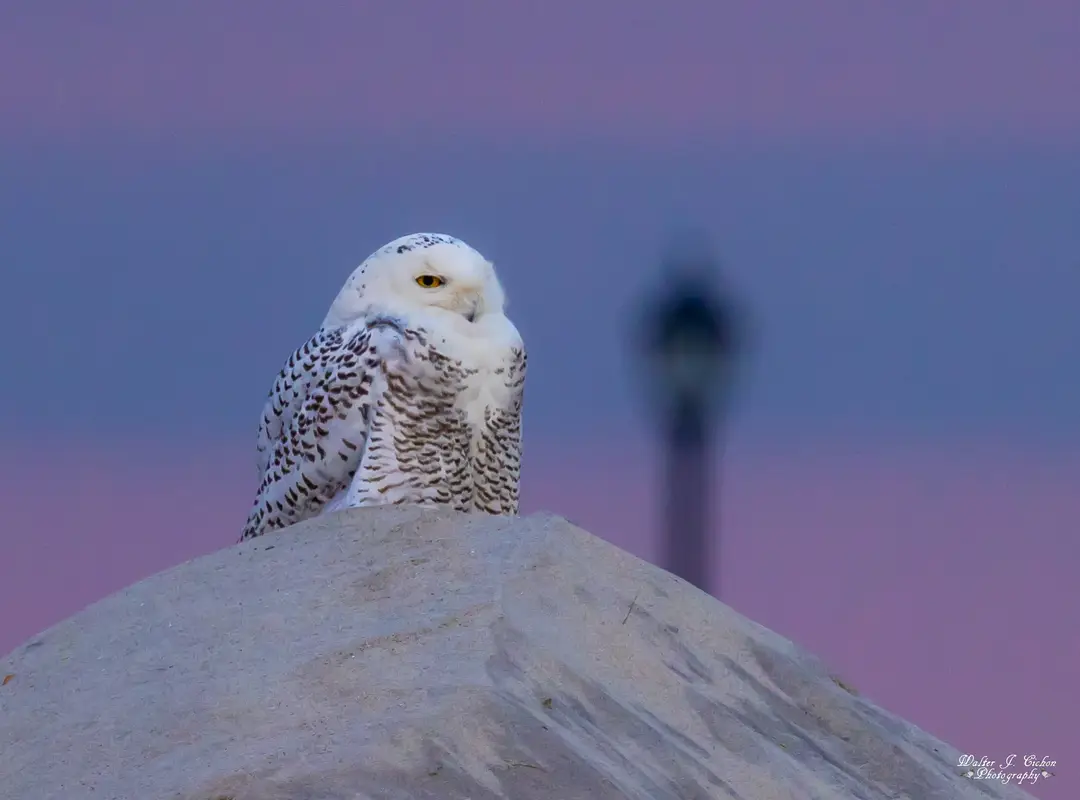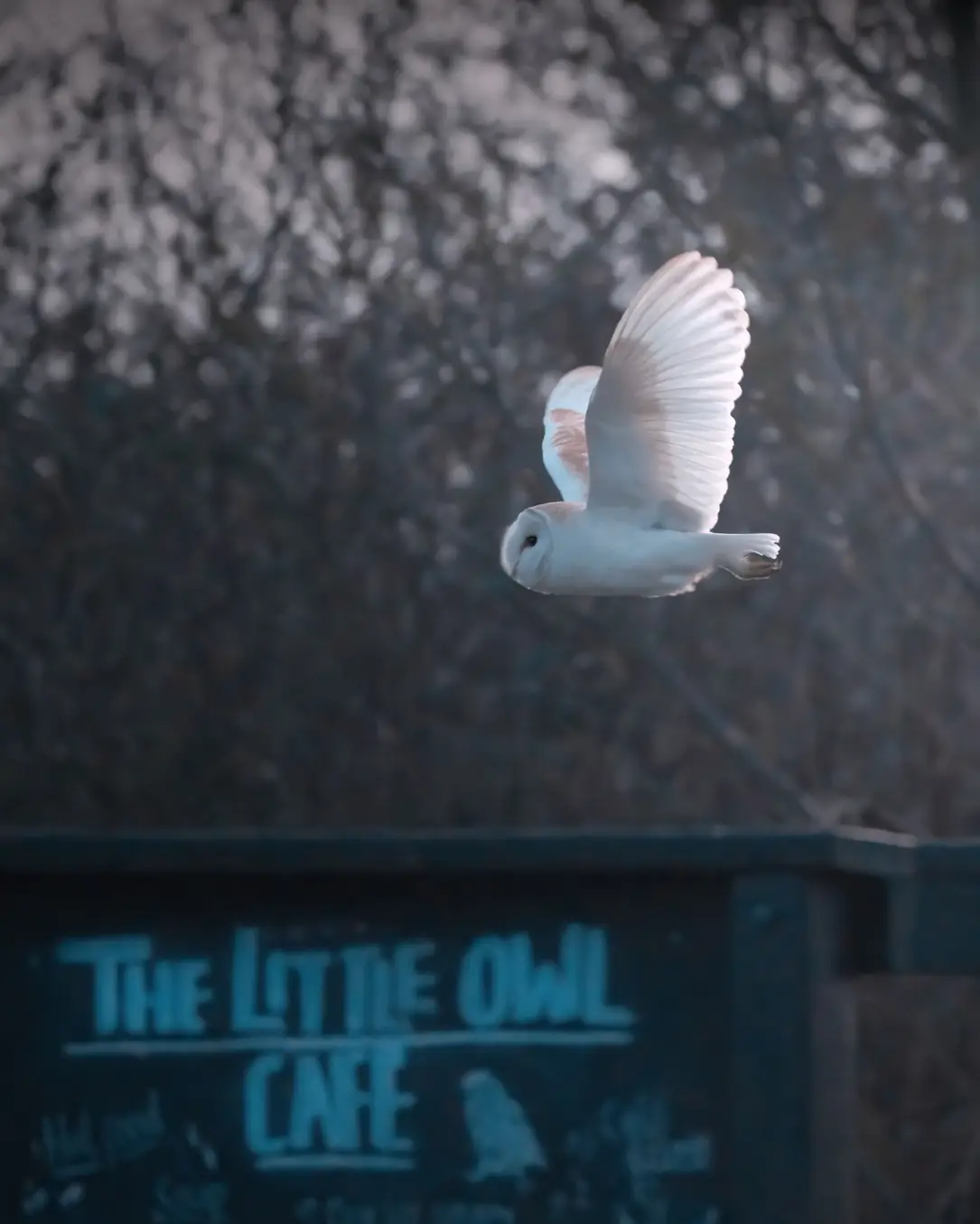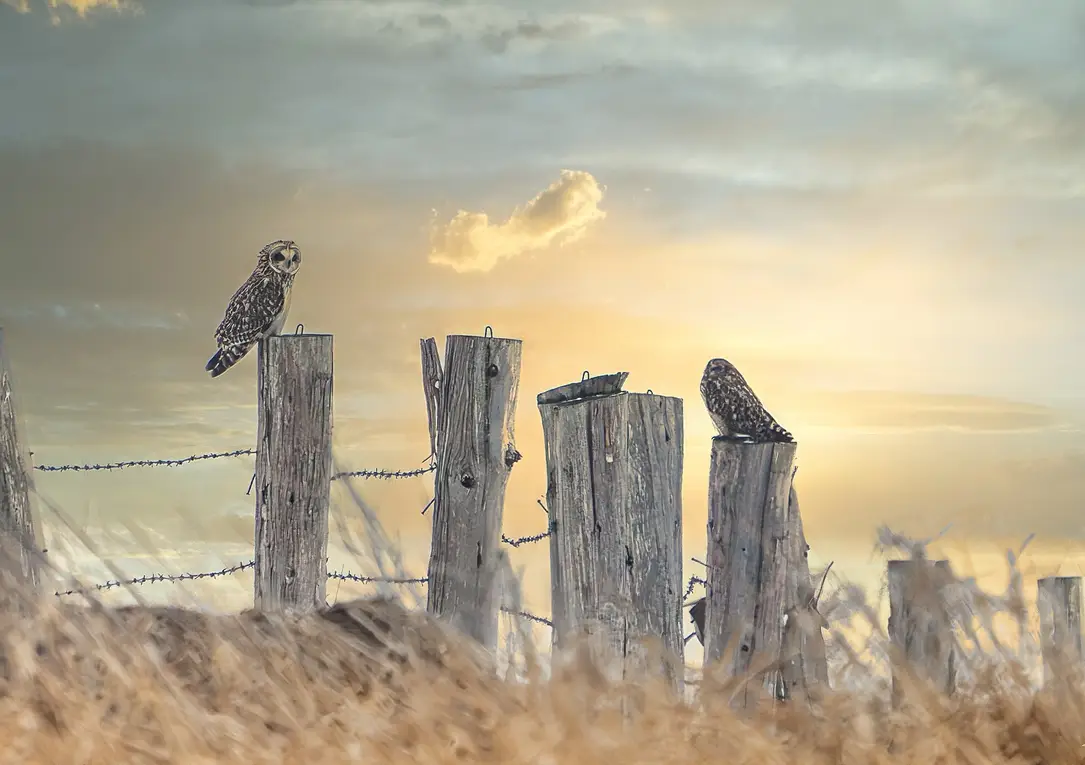Regional monitoring for endangered owls, salmon and frogs is done by seasonal biologists who aren’t being hired now under a federal freeze
Each spring, the U.S. Forest Service hires dozens of seasonal biologists to venture into remote Northwest forests on federal land and set up acoustic recorders to monitor for sounds indicating the presence of northern spotted owls, a threatened species.
There are only as many as 5,000 northern spotted owls left in the Northwest, with less than 2,000 estimated to be in Oregon, according to the Forest Service. The counting is crucial for preventing the owls’ extinction.
But President Donald Trump ordered a hiring freeze on Jan. 20.
That freeze means the Forest Service cannot hire more than 40 seasonal scientists to count the owls, according to Taal Levi, an associate professor of wildlife biology at Oregon State University who works on the owl monitoring project. The monitoring typically involves about 60 scientists working from central California to Canada, Levi said.
It also means the agency will likely go without dozens more scientists needed to monitor threatened and endangered salmon, frogs and other fragile species, according to Noah Greenwald, endangered species director at the nonprofit Center for Biological Diversity. The hiring freeze, coupled with Trump’s firing of thousands of probationary employees and the resignation of senior officials who’ve accepted buyouts at federal natural resource agencies is likely to have an impact on endangered species monitoring, protection and even survival, Greenwald said.
“My hope is that they realize this is essential work and rehire, but it’s not clear that this is going to happen,” he said.
It’s unclear what federal authorities plan to do, and federal officials who’ve previously spoken to reporters can no longer do so.
Damon Lesmeister, a wildlife biologist with the U.S. Forest Service who has led federal owl monitoring projects for years, told the Capital Chronicle he can no longer talk to journalists without permission from the agency’s public affairs staff. And an unnamed spokesperson for the U.S. Department of Agriculture did not respond to questions about the freeze on hiring seasonal biologists. Instead, that person said in an email that under Trump, the agency has fired 2,000 probationary employees in order to be “good stewards of the American people’s hard-earned taxpayer dollars and to ensure that every dollar spent goes to serve the people, not the bureaucracy.”
Monitoring required
Monitoring the owls is required under the Northwest Forest Plan and a western Oregon land management plan overseen by the federal Bureau of Land Management. Greenwald himself has been among the dozens of scientists hired each spring to help with the monitoring between Central California to Canada. The federal agencies also bring in temporary biologists to survey land before logging and wildfire fuels reduction work starts. Undertaking those projects requires environmental impact assessments based on species monitoring data to protect the animals from more deaths and habitat loss.
Without that data, it’s possible that timber and wildfire logging projects could be delayed.
“I imagine some of it will still occur,” Greenwald said. “I imagine the Forest Service will try and get whoever they have out here to do some of it. But it’s a big job. You need a lot of people.”
The owls have been listed as threatened under the Endangered Species Act since 1990 and monitored since then. In California, Washington and Oregon, they’ve declined by the thousands due to habitat loss from logging, wildfires, invasive species and climate change. In Oregon between 1995 and 2017, spotted owl populations in high density owl territory declined by up to 75%. In Washington, some spotted owl territories saw population declines of up to 80% during that time.
In 2020, the U.S. Fish and Wildlife Service reviewed the threatened classification for the owl and said that while their continued decline warranted a reclassification, it declined to do so because there were other higher priority species that needed to be relisted.
Levi, of Oregon State University, said in a news release that he is “deeply concerned” about the lack of staff for owl monitoring.
“We need this data every year to ensure that our efforts to protect these owls and the old forests they depend on are succeeding,” he said.
